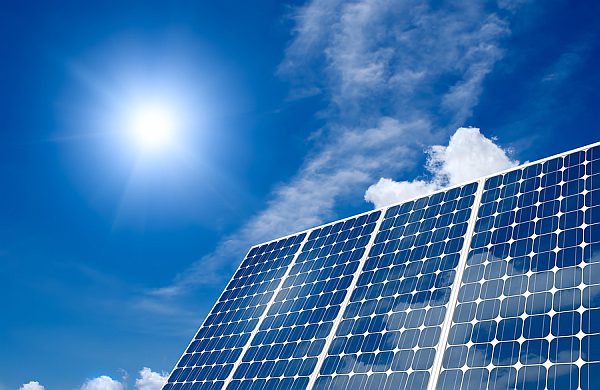
Solar energy gets a bad rap. It’s costly for a number of reasons, though the price of the panels themselves has dropped dramatically in recent years. The problem is that the rest of the components remain steadfastly prohibitive. And cost aside, because the planet just keeps spinning, the panels need constant adjustments to maintain maximum efficiency. Currently, these adjustments are made by a series of hundreds of (expensive) controllers that keep the panels aligned properly.
That’s where QBotix fits in.
Rather than installing and maintaining a control system that operates remotely, the company has developed the QBotix Tracking System: a pair of robots (primary and backup) that travel along tracks to make the hundreds of adjustments necessary through the course of a day. “It’s almost like a doctor going from one patient to the next,” says Wasiq Bokhari, CEO and founder of QBotix. Best of all, it works with current standard solar modules.
If you’re wondering how robots could possibly cost less than a remote control, Bokhari says it all comes down to components: “[The robot] takes away more than half the steel used in tracking systems, reduces the cost by a factor of two, and takes away hundreds of failure-prone motors.”
Just how much cheaper is QBotix’s team of doctor bots than current tracker systems? At least 20%, according to the company. Aside from savings on the tracking system itself, the robots cost just a few cents per watt, and because there’s a built-in backup system (that’s robot number two), there’s no loss in energy production in the event of a failure. (This is, of course, assuming both bots don’t crap out at the same time.) Add in increased energy production — thanks to increased efficiency— and you’re looking at a pretty sweet deal. Plus: ROBOTS.
Though QBotix isn’t a household name, the company’s innovative approach to solar tech is garnering attention in Deep-Pockets Land: the company is one of very few in the solar sector to receive Series A financing–a total of $6.5 million from investors like Siemens Venture Capital and Firelake Capital. Still, sales are a bit slow-going: “Our approach is so different that people have to be educated about how our innovation works,” explains Bokhari.
[CoExist via Tecca | Solar Panel Picture by Bigstockphoto.com]
